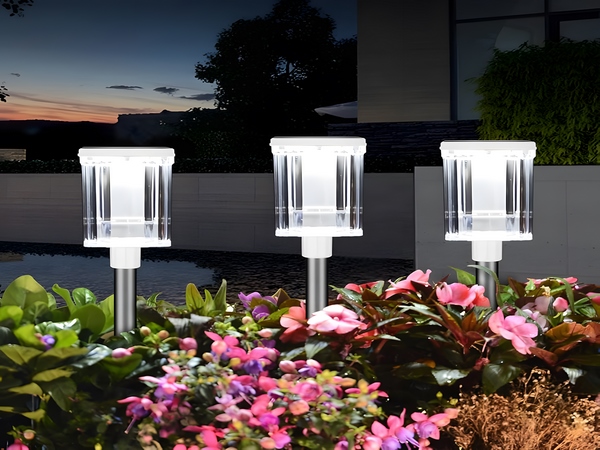
Changing is a good thing. The transformation of new rural areas is impressive, with the introduction of solar street lights and solar landscape lights bringing new vitality and freshness to these areas.

Speaking of solar power generation, it is essential to mention energy conservation and emission reduction.
From a macro perspective, the solar power generation industry is a strategic emerging industry promoted since the National “11th Five-Year Plan,” playing a significant role in optimizing energy consumption structure, easing the supply-demand contradiction of traditional energy, promoting energy conservation and emission reduction, and protecting the ecological environment.

From a micro perspective, solar power generation, from construction to grid-connected power generation, produces no waste, consumes no energy and can continuously generate electricity to provide energy.
Solar projects in rural areas will more effectively promote energy conservation and emission reduction and better guide more households to use new energy, thereby better protecting the ecological environment.
Changing lives is vital, especially by increasing farmers’ incomes.
Rural households implementing solar power generation now have various models, including village collective solar power stations, rooftop solar power stations, agricultural greenhouse solar power stations, fish pond solar power stations, and stations built on barren hillsides and tidal flats. However, currently, the most applicable and popular models are village collective solar power stations and rooftop solar power stations for villagers.
Village collective solar power stations often integrate local poverty alleviation projects, with the village collective as the main body for constructing power stations, allowing impoverished households to benefit from power generation profits.
Rooftop solar power stations for villagers currently involve private investment and poverty alleviation funding for construction.
There are three profit models: savings from reduced electricity bills, income from selling surplus electricity, and government subsidies for solar power generation.
In poverty alleviation initiatives involving solar power stations, the investment is often primarily led by local poverty alleviation funds, meaning that for poor households, generating electricity equates to profit. This changes the lives of impoverished users.
Promoting the healthy development of the solar industry is essential.
Looking closely at the development of China’s solar industry in recent years, it has followed a trajectory similar to other traditional industries, from a rapid development phase during the introduction and growth periods to the winter and spring of maturity. With the rise of the domestic solar market, it transformed past dynamics, drawing many component manufacturers, inverters, and junction box companies from foreign markets into the domestic sector, bringing new vitality to the industry. The enticing domestic market share offers vast developmental space for local solar enterprises.
Especially in rural areas, there is a significant amount of available rooftop space, abundant water surface resources, and opportunities for greenhouses and barren hilltops that represent essential solar markets.
As solar companies scale up, many have begun to establish factories and bases in villages, which to some extent boosts local employment for farmers.
Solar power generation gives you a reason to make money.



